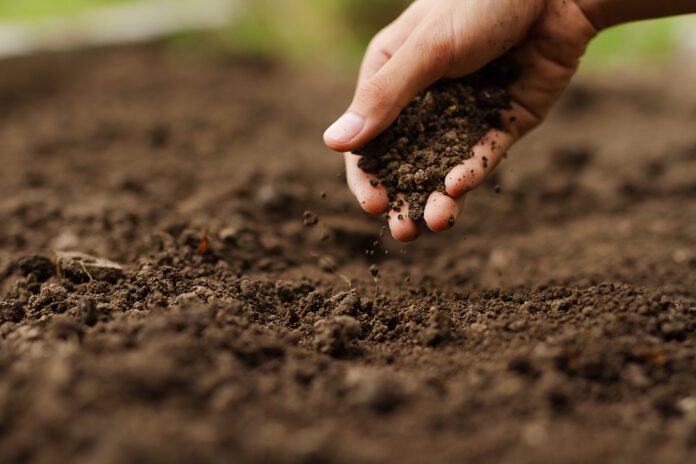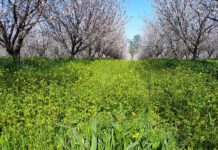We get busy. Full stop. Life happens, and it’s June. Every year, I look back now and take account of all the things I could have done better. I often think, “What got in the way of getting everything done in a reasonable fashion and at a reasonable timeframe?” Again, life.
At 52 years old I decided it would be a great idea to go back to school to get my master’s in business administration. I help run the fertilizer company I work for and felt I needed to greatly enhance my ability to wade through the depths of all things finance and business. After realizing putting this on my plate may be a huge piece of my inability to get all things done in a timely manner, I come across a quote in a business learning module that brought me right back to ag: “A tree grows in two directions at the same time.” Profound, right? So many times, we forget that piece of the puzzle.
I try to do my part to talk about the importance of the continual effort to improve soil health. Our land wasn’t meant to be monocultured or chemically inoculated to control unwanted aspects of doing just that. We kill bugs, we kill fungus, we kill weeds, all while trying to grow a crop. The parts we don’t see, the roots, are affected by all these practices, and sometimes we kill those. In addition, overapplication of specific nutrients and water can be just as effective in killing those roots and soil biology, or severely stunting them as the “cides” we apply. So, what can we do in June to help alleviate that?
Let’s increase our diligence in beneficial applications of symbiotic augmentations. We know that carbon can have a significant impact on soil health. Humic and fulvic acids have been added more and more in recent years to help eliminate the middleman in waiting for traditional soil amendments to turn into more stable and complexing carbon derivatives. But what about other beneficial acids? We add citric acid to our spray tanks, why not the ground? Do yourself a favor and spend a little more time than an article like this can highlight and do some of your own research.
Malic acid is made by all living things and gives some fruit that sour taste. It has very profound beneficial effects. Lactobionic acid is a larger molecule produced by living organisms and can have a solid antistress and antioxidant effect on plants. Gluconic acid produced mainly by pseudomonas species can have a profound effect on solubilizing phosphates. The salt that’s a byproduct of gluconic acid, gluconate, is a great chelator and helps with the uptake of micronutrients. That’s a triple bang for your buck. More carbon, better phosphate and micronutrient assimilation? Sign me up. We create lactic acid when we burn carbohydrates in our bodies. So do yeasts in our soil. Lactic acids have been proven to increase growth and yields, increase water holding capacity and improve soil structure. Win, win, win. And the list goes on.
So, what’s the point? We may not have gotten all aspects of farming right so far this year. Mother Nature has a way of changing that every year as well. Why not hedge your bet that biological activity in the parts of the tree you can’t see are keeping us on track and will help next year’s crop while finishing this one? Increase the soil health; inoculating your soil throughout the year with active biology will help keep it propagating even after we have applied our cides to knock back any undesirables. Full disclosure: That’s what I do. The company I work for has been doing just that for almost 40 years. Back when it was snake oil and not the latest and greatest thing you could do for your crops, we came full circle. Here’s even better news: There are a lot of companies out there that are now fully invested in increasing soil health by a plethora of practices. We can add carbon sources: sugars, fats, oils, composts, green waste, mulch and manures. We can add strains of mycorrhizae, yeasts, bacteria, algaes and beneficial fungi. We can add beneficial predatory bugs to our fields to reduce the use of pesticides.
The better our soil’s health, the better our crops and the better we look as growers. Even when we are off on our applications, those cooks in the kitchen help stabilize and optimize our other inputs, making us more efficient. The benefits are often not measured by what we can see, but what is happening beneath that foliage. Since we are always growing from two directions, don’t neglect the part that’s pushing roots. That is the foundation of everything we seek to get the benefits from. When life gets in the way, sometimes we can fix that by adding just a little more, well, life.
















